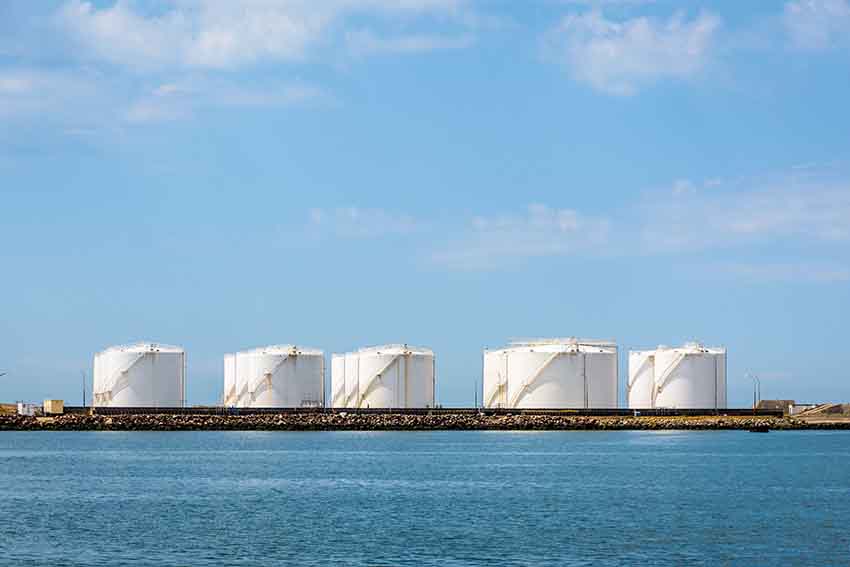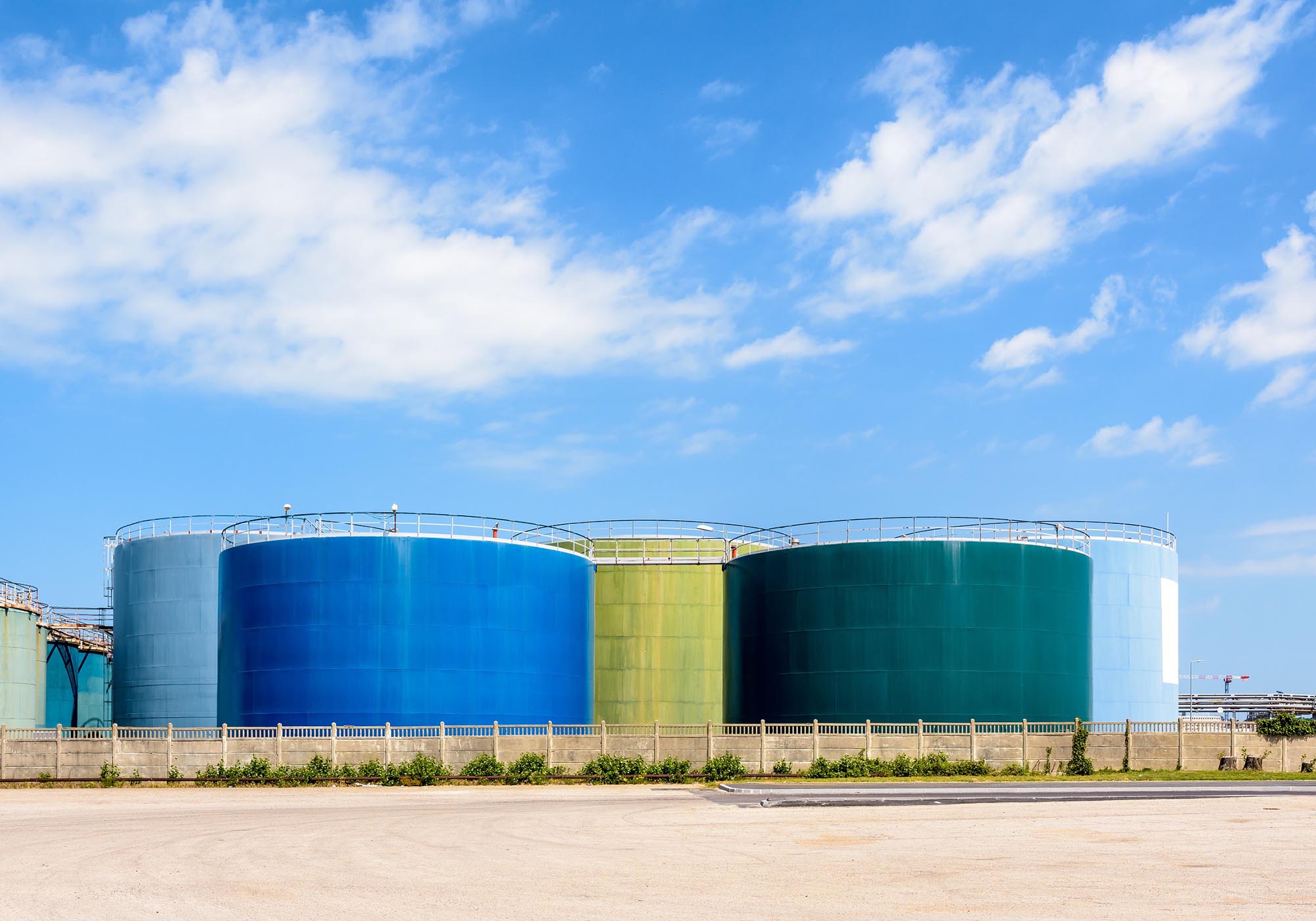Thousands of aboveground storage tanks (ASTs) around the world face the challenge of achieving safety and longevity. Not least among concerns is the corrosion that attacks hidden tank bottoms and can lead to costly repairs or dangerous leaks. While the characteristics of these environments make corrosion protection difficult, the nature of CorroLogic® VpCI® Technology makes it a formidable opponent and logical solution to soil-side corrosion.
Why Is AST Protection Needed?
The cost of building, maintaining, and repairing an AST can be astronomical—not to mention the value of the hundreds or thousands of gallons of liquid stored inside. Yet many of these ASTs are located in extremely harsh conditions such as the Middle East where high temperatures, humidity, coastal salt air, and sabkha soil (high mineral content) surround tanks with a medley of corrosion threats. A further problem is that cathodic protection (CP), often the go-to for AST bottom protection, can only protect areas of the tank bottom in direct contact with the CP tank pad. Any dips, bumps, or other irregularities in the less-than-perfectly-smooth tank bottom will be out of contact with the CP and therefore unprotected. Corrosion on these bottoms can be catastrophic, ranging from minor leaks to widespread pollution or even explosions. In addition to physical dangers, loss of stored resources or the tanks themselves can be a huge cost.
The Logic of Vapor Phase Protection
CorroLogic® VpCI® for ASTs has been a rising technology since the 1990s. The key to its flexibility and effectiveness is the behavior of Vapor phase Corrosion Inhibitors (VCI/VpCI®), which can be applied in multiple forms (e.g., powder and slurry) and are ideal for enclosed spaces. Once beneath the tank floor, they diffuse throughout the void space and are attracted to metal surfaces where they form a protective molecular layer. This offers protection even in hard-to-reach pockets formed by tank bottom irregularities that may keep the metal out of contact with the CP current.

Keep Tanks In-Service
Another huge advantage of CorroLogic® is that it can be applied underneath the tank bottom at any stage in the AST service life. Applying it to new tanks is naturally the best option because it will be easier to access the interstitial space; plus, it is more beneficial to inhibit corrosion before it has a chance to start. However, CorroLogic® Powder and CorroLogic® Slurry can be injected under the tank bottom and allowed to diffuse throughout the interstitial space even after the AST has been filled. The tank does not have to be emptied, let alone disassembled, in order to protect it. This provides a major cost savings and recourse, for example, if the CP system needs to be replaced but retrofitting is too expensive.
Take the Next Logical Step
While many tank owners are familiar with CP and will continue to use it, applying CorroLogic® as a complementary form of protection at any stage in a tank’s service life makes a lot of sense. If you have come to the logical conclusion of using CorroLogic®, contact Cortec® to get further support on AST bottom protection.

